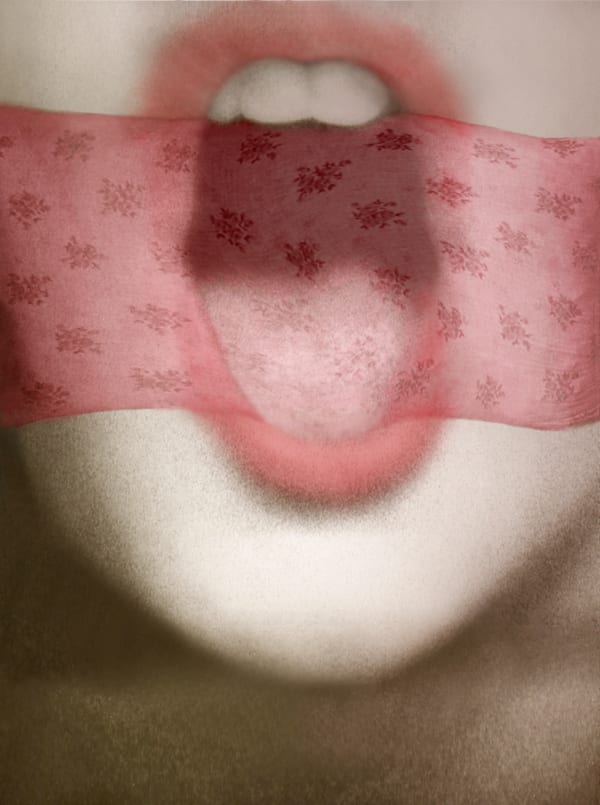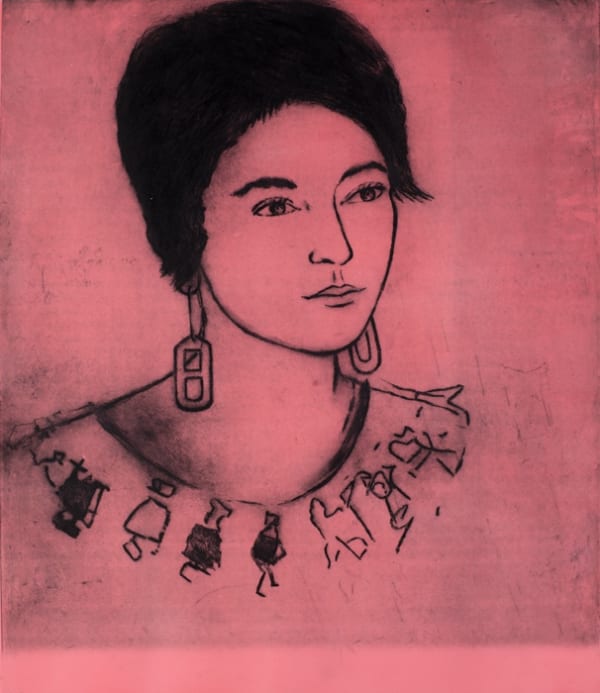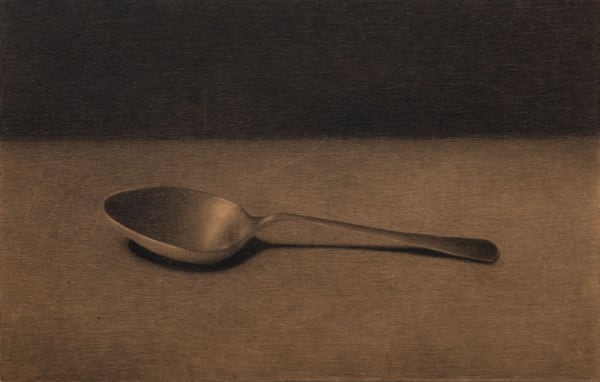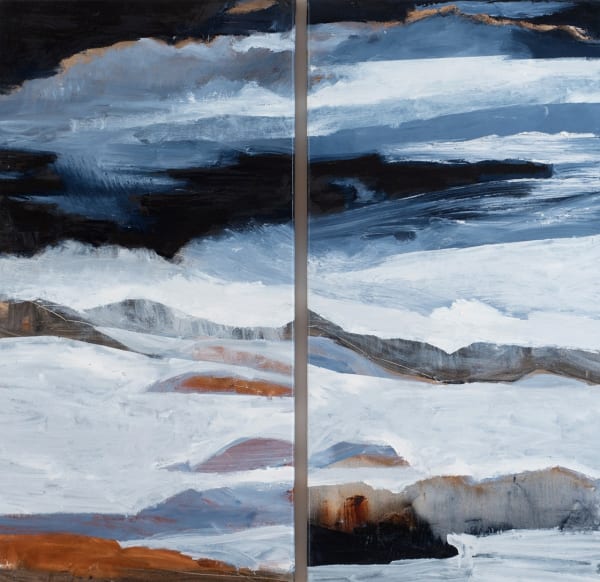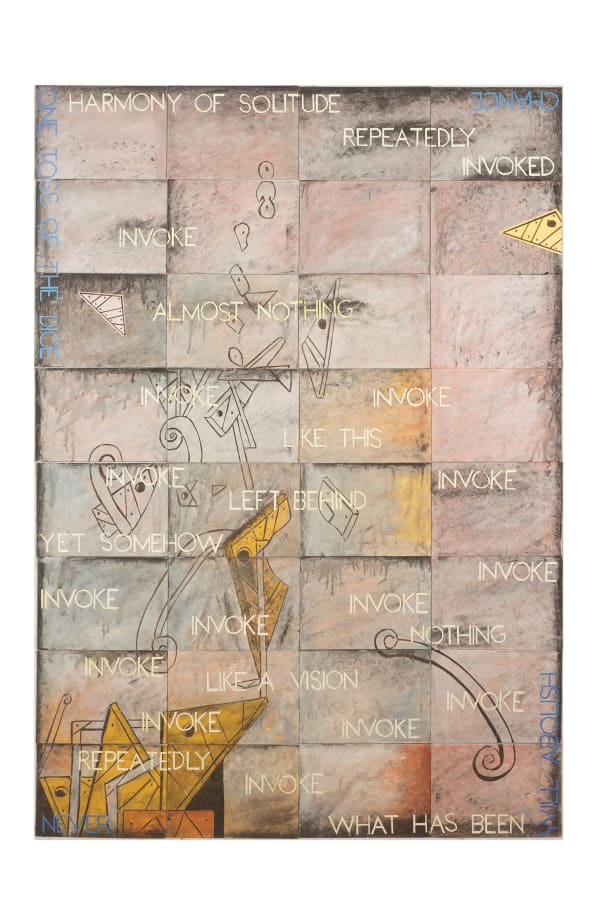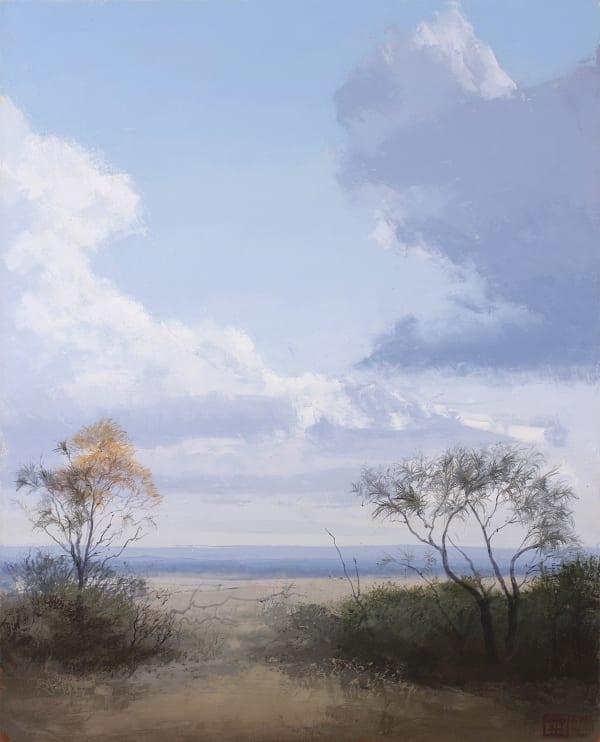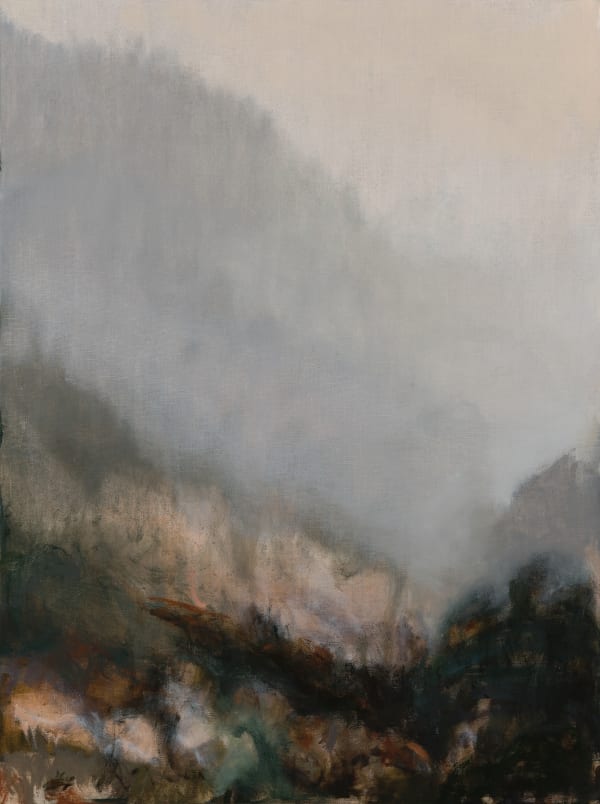-

Raymond Arnold
-

Kelly Austin
-

Les Blakebrough
-

Nicholas Blowers
-

Michaye Boulter
-

Pat Brassington
-

Lucinda Bresnehan
-

Irene Briant
-

Tim Burns
-

Jane Burton
-

Matt Coyle
-

Alex Davern
-

Amanda Davies
-

Michael Doolan
-

Britt Fazey
-

Julie Gough
-

Patrick Grieve
-

Neil Haddon
-

Rosie Hastie
-

Aunty Jeanette James
-

Locust Jones
-

David Keeling
-

Barbie Kjar
-

Ingo Kleinert
-

Annika Koops
-

Amber Koroluk-Stephenson
-

Dai Li
-

Sue Lovegrove
-

Anne MacDonald
-

Sara Maher
-

Nancy Mauro-Flude
-

Ricky Maynard
-

Mish Meijers
-

Ashlee Murray
-

Tom O'Hern
-

Nicole O'Loughlin
-

Alexander Okenyo
-

Brigita Ozolins
-

Robert O’Connor
-

Hermannsburg Potters
-

Caroline Rannersberger
-

Sally Rees
-

Joan Ross
-

Troy Ruffels
-

Michael Schlitz
-

Peter James Smith
-

Valerie Sparks
-

David Stephenson
-

Neridah Stockley
-

Stephanie Tabram
-

Imants Tillers
-

Lynne Uptin
-

Megan Walch
-

Nicola Gower Wallis
-

Richard Wastell
-

Belinda Winkler
-

Philip Wolfhagen
-

Greg Wood
-

Bec Woolley
-

Helen Wright





